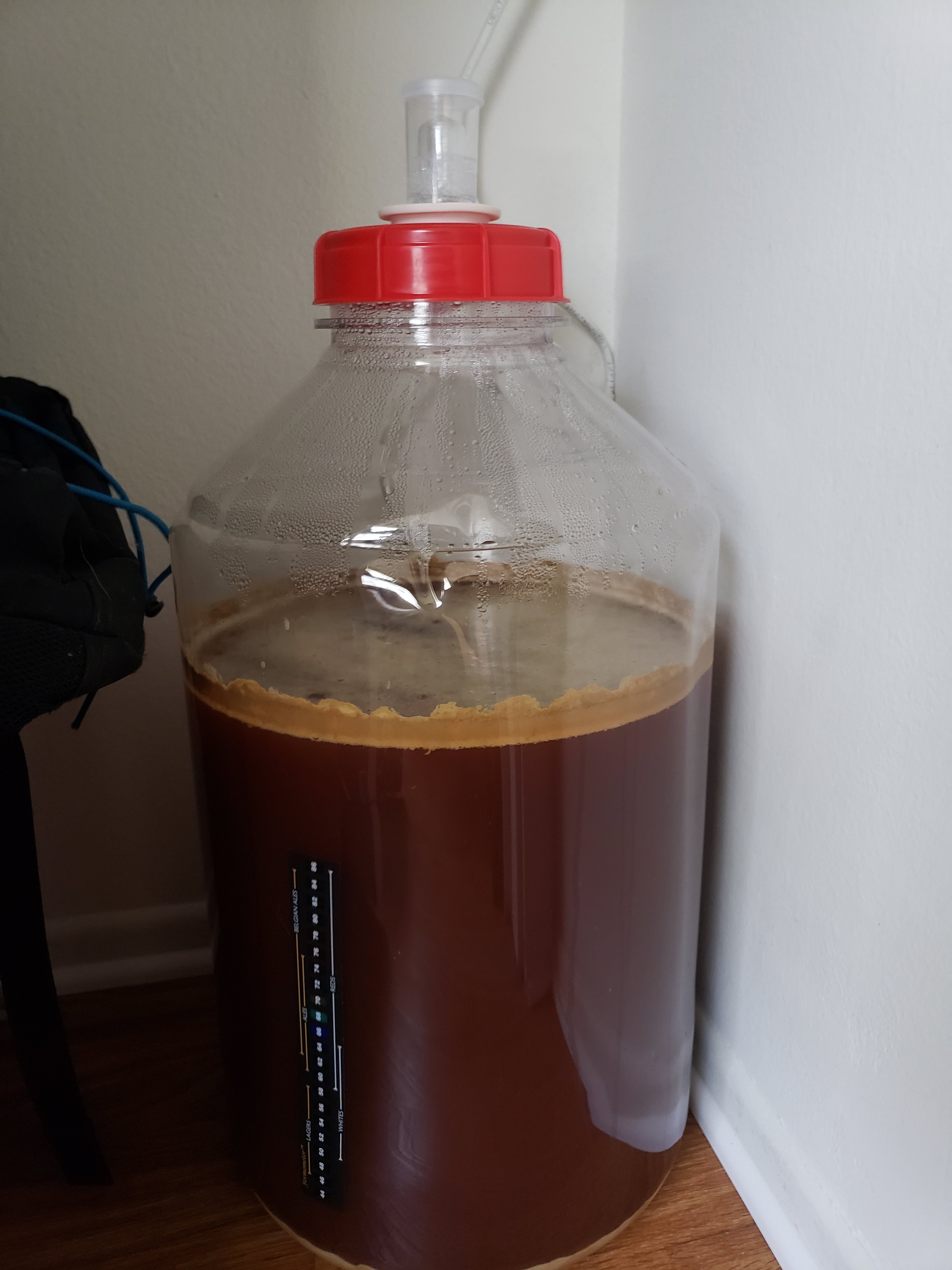Grundysidemount
Well-Known Member
- Joined
- Mar 5, 2019
- Messages
- 50
- Reaction score
- 7
So I brewed 2 beers (first time) last week.
I did Flashing Lights IPA (FL) and Fresh Squeezed IPA (FS)
Day 1 FL was bubbling and moving and FS wasnt doing anything.
Day 2 FL continued to churn and bubble and FS started very light.
Pictures attached of both beers as of today.
FL in kegerator and FS in Closet. Both beers steady at 68 degrees entire week.
Should I be worried the FS hasn't really been doing much.


I did Flashing Lights IPA (FL) and Fresh Squeezed IPA (FS)
Day 1 FL was bubbling and moving and FS wasnt doing anything.
Day 2 FL continued to churn and bubble and FS started very light.
Pictures attached of both beers as of today.
FL in kegerator and FS in Closet. Both beers steady at 68 degrees entire week.
Should I be worried the FS hasn't really been doing much.





